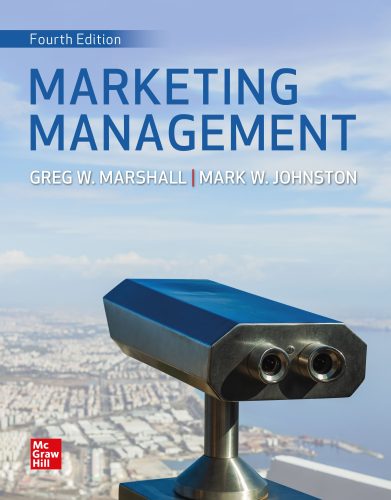
Setting a budget for marketing and deciding where to invest marketing dollars is not an exact science. Depending on the industry, companies have different budgets allocated for marketing. Furthermore, calculating the return on investment for a company’s marketing strategy is no longer just looking at two factors – the money acquired and the money spent. A company’s return on investment must now include less tangible items such as Facebook likes or retweets on twitter, which are non-monetary indicators. Marketing touches all aspects of a business’s operations and must be assessed in order to determine a company’s success.
Marketers, to remain competitive, must adopt technologies used for marketing strategies. However, most companies do not know if they are even implementing the right technology. According to a study by Walker Sands (see graph below), more than half of U.S. marketers believe their company is not investing an accurate amount in marketing technology. Furthermore, 42 percent of these marketers believe that the marketing technology current in place at their company is not-up-to-date or sufficient to complete the job. The number one barrier holding companies back from implementing new marketing technologies is the budget.

A recent survey conducted and given to chief marketing officers provides some light on where marketing expenditures are made within companies. Based on this survey, firms that are focused on growing their market share tend to spend more on marketing then those established companies. Additionally, in 2016, firms are projected to invest up to 30 percent of its total marketing budget to digital market; this percent is expected to grow to 35 percent by 2019. An effective digital presence can influence a larger audience outside the geographic scope of a company. One large, exponentially growing part of digital marketing is social media, in which companies must continue to increase spending and efforts towards.
The top current marketing strategies and tactics that are receiving the best results from companies, based on survey of marketing respondents, are as follows:
- Email marketing, including e-newsletters, email promotions, and lead emails – 68 percent of respondents believed this was the best strategy
- SEO (search engine optimization) – 67 percent
- Content marketing – 63 percent
- Paid search engine marketing (pay-per-click) 54 percent
Emerging marketing technologies and automation are the most effective at bringing all marketing tactics into a cohesive marketing strategy. 58 percent of marketers believe that marketing automation, software platforms and technologies designed for organizations to effectively market on multiple channels online and automate repetitive tasks, will deliver the best return on investment.
Although most marketing efforts can be expensive, determining where to invest marketing dollars can be accomplished through research. Marketing audits can help to maximize and grow marketing results through feedback and outsider’s perspectives. Companies can waste marketing dollars trying to do too many things or reaching out to consumers are too many platforms, especially through social media. By targeting the intended audience, analyzing past marketing techniques, studying what competition is doing, and surveying current consumers, marketers can better determine where to allocate spending.
From a marketing management perspective, here are some questions to consider:
- Research how much companies, such as Coca-Cola, Disney, and General Motors, spend on marketing.
- How do you think companies should distribute their marketing efforts?
- What are the most important marketing channels to allocate resources to?
